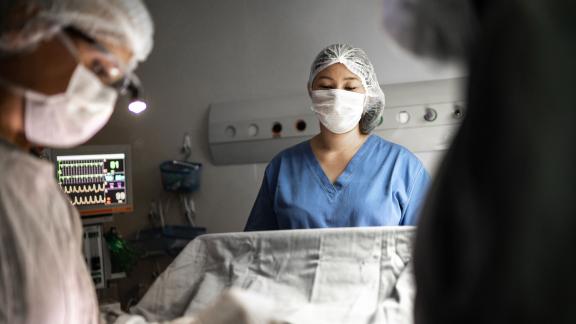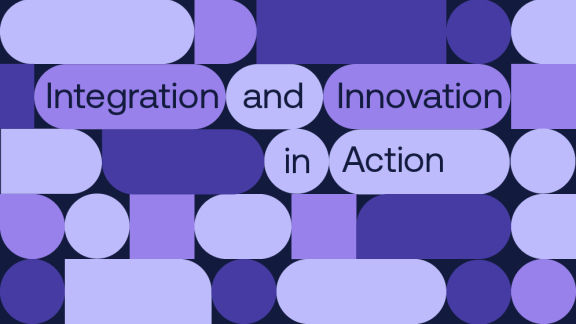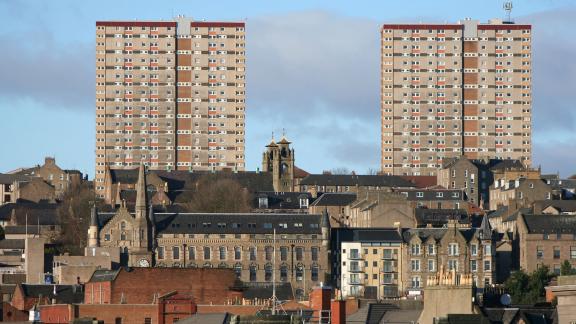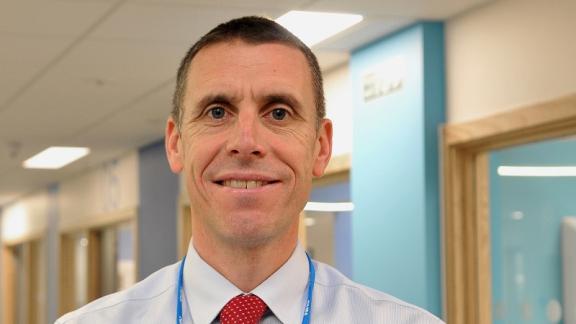Tackling health inequalities when reducing the elective backlog

The global pandemic has resulted in a huge increase in the number of people waiting to receive planned NHS care rising to a current record high of 5.83 million people with as many as 7 million yet to come forward.
Such large numbers of people waiting for care will exacerbate health inequalities for already underserved and marginalised communities. Whist the NHS focusses on reducing the elective backlog, how can we ensure that addressing health inequalities when looking at waiting lists is prioritised in the system and at local level.
For this webinar, we heard from the Strategy Unit on the research they undertook in understanding why socio economic differences impact how emergency and elective care is accessed region to region. The research looked at planned care, where along the care pathway inequalities emerged and focused in on four pathways – COPD, hip arthritis, heart failure and cataracts.
Next we heard from the team at University Hospitals Warwickshire and Coventry NHS Trust who have developed a tool which seeks to mitigate against inequalities on waiting lists for elective care.
The Clinical Priority Tool developed by the team at UHCW takes additional factors impacting patient healthcare (age, metal health, gender, underlying health conditions and many others) into account, allowing a detailed comparison of patient need and making recommendations on booking when comparing patients on the same priority and procedure.
Rounding off the presentations, questions and comments were taken from attendees on evaluation of the tool, further factors being taken into consideration (race and ethnicity), patient feedback, clinical prioritization and how attendees could work with the tool in their own patch.
View the recording below.


